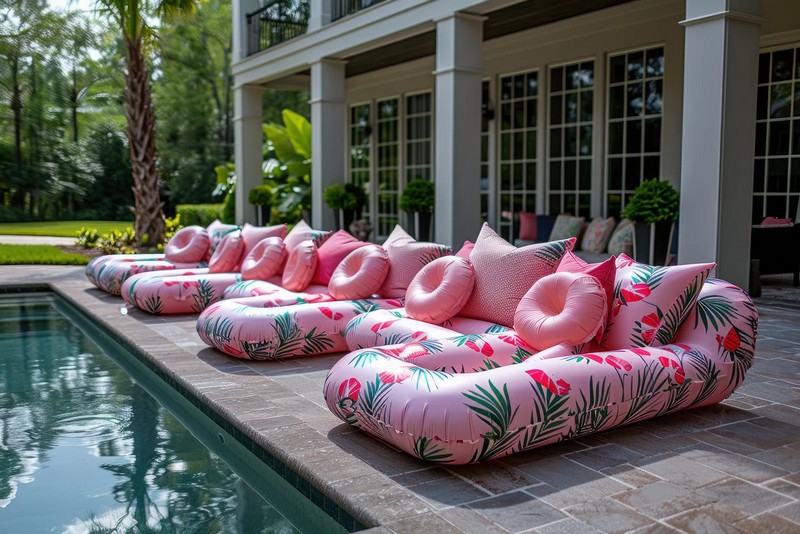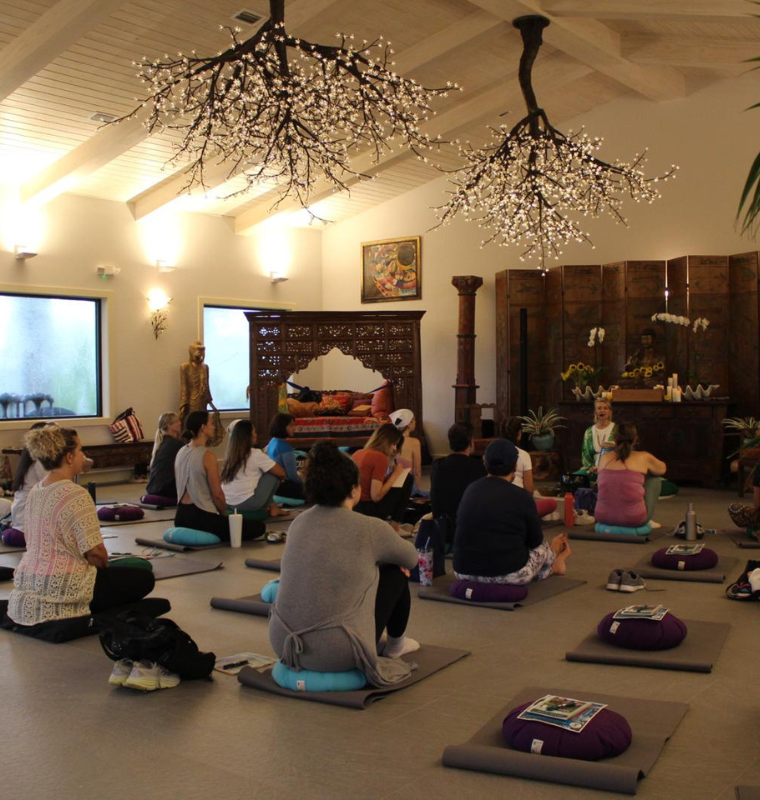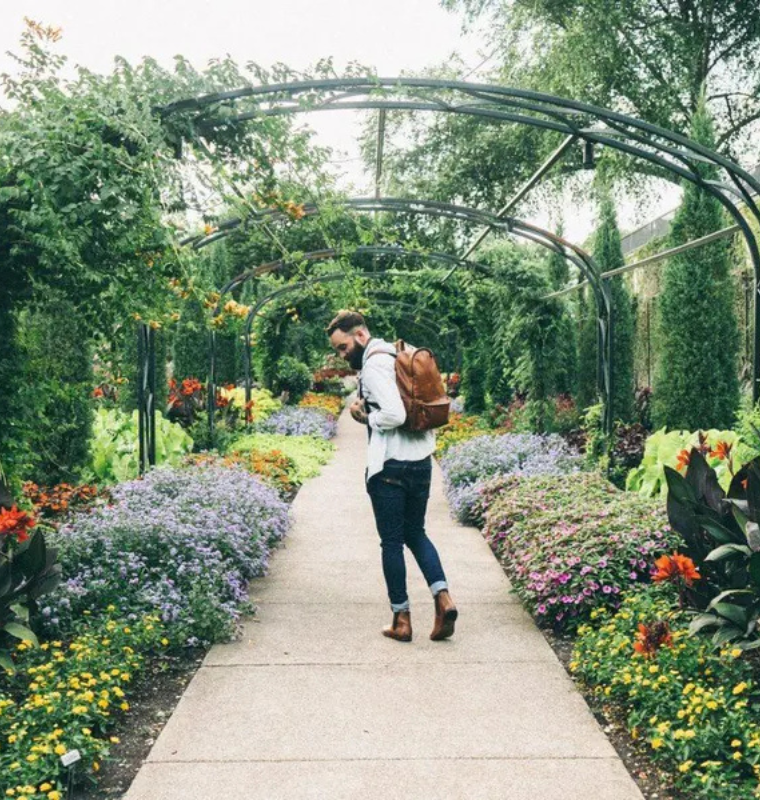Asia’s Lifestyle Hotel Boom Redefines Travel: How Experiences, Design, and Community Are Shaping the Next Hospitality Wave
Asia’s Lifestyle Hotel Boom Redefines Travel: How Experiences, Design, and Community Are Shaping the Next Hospitality Wave
By
Rachel Steinberg
Last updated:
November 7, 2025
First Published:
November 7, 2025

The hospitality industry in Asia is undergoing a transformation. Traditional hotels, once focused on comfort and convenience, are now being challenged by a new breed of properties that blend culture, creativity, and community — the lifestyle hotel.
According to JLL’s Global Hotel Investment Outlook 2025, lifestyle hotels now represent a significant portion of global development, with 25% of new hotel rooms in Europe, and 16% each in the Americas and Asia falling into this growing category. The shift reflects a fundamental change in traveler behavior: people want more than a stay — they want an experience that resonates with their personality and passions.
The Rise of Lifestyle Hospitality in Asia
Asia-Pacific has emerged as one of the most dynamic regions for lifestyle hotels. Between 2014 and 2024, the region’s lifestyle room supply quadrupled, and growth isn’t slowing down — another 34% increase is expected by 2027, according to JLL’s latest data.
China leads the region, accounting for the largest share of lifestyle hotel rooms, followed by Southeast Asia — which has three times more supply than Australia, New Zealand, and South Asia combined. Yet the fastest growth rates are found in Australia and New Zealand, where the demand for distinctive, experience-led stays has skyrocketed post-pandemic.
This growth is being driven by travelers who value authenticity and personalization. They’re drawn to hotels that reflect local culture, showcase modern design, and provide spaces for genuine social interaction. As a result, global hotel operators are doubling down on the lifestyle segment to capture this lucrative market.
What Makes a Lifestyle Hotel Different
Lifestyle hotels differ from traditional chains through design, energy, and purpose. These properties often feature curated interiors, art collaborations, music-driven events, and signature restaurants that double as social hubs. Unlike standard hotels that focus on rooms and amenities, lifestyle hotels emphasize shared experiences and community spaces.
Brands like The Singapore EDITION, Mama Shelter, and The Standard exemplify this new wave — combining luxury with local flair, and style with substance. According to Sylvain Pasdeloup, Executive Vice President for Asia-Pacific at Ennismore (which operates brands such as The Hoxton and 25hours), “Guests today aren’t just booking rooms — they’re choosing stories. They want spaces that reflect who they are.”
These hotels are particularly popular among younger demographics. Millennials and Gen Z travelers are spending 15–20% more on travel compared to previous generations, according to data from Booking.com and McKinsey. This audience craves environments that are vibrant, Instagrammable, and socially engaging — and lifestyle hotels are built to deliver just that.
The Investor Appeal
Behind the creative appeal lies strong business logic. Lifestyle hotels, despite their boutique feel, are proving highly profitable. According to JLL, they typically command a 10–11% price premium above the market average while maintaining lower construction and operational costs due to their smaller footprints.
Food and beverage (F&B) programs play a crucial role too. Well-executed restaurants and bars within lifestyle hotels often attract not only guests but locals — helping these properties generate up to 30% higher F&B revenue per occupied room than traditional hotels.
That makes them increasingly attractive to investors and developers. Major global chains have been racing to expand their portfolios through acquisitions — including Hilton’s purchase of NoMad, Marriott’s acquisition of CitizenM, and Hyatt’s buyout of The Standard. Each aims to tap into the high-margin, experience-driven market that lifestyle hotels dominate.
Expanding Beyond Luxury
While lifestyle hotels began as luxury or upscale offerings, they’re rapidly moving into the midscale segment. Marina Bracciani, Vice President and Head of Hotels Research at JLL Asia-Pacific, notes that “the lifestyle concept, initially premium, is increasingly entering three-star and entry-level four-star properties.”
This democratization of design-driven hospitality means that travelers no longer have to pay five-star rates to enjoy five-star experiences. Brands are adapting the lifestyle formula to fit urban travelers, digital nomads, and business guests seeking creativity and connection without the luxury price tag.
The Road Ahead
By 2027, at least ten new lifestyle brands are expected to launch in Asia-Pacific alone. Among them is Mama Shelter, which made its Asian debut in Singapore in late 2024, signaling growing demand across both leisure and corporate travel sectors.
As travelers continue to prioritize individuality, community, and design, the line between hotel and cultural space will keep blurring. For Asia’s hospitality industry — from investors to operators — lifestyle hotels aren’t just a trend. They’re the future blueprint of travel.
Popular articles
Subscribe to unlock premium content
How Adults Are Paying to Experience Silent Daylong Festivals for Mindfulness

The Rise of Ultra-Personalized Scent Memory Experiences Using Olfactory Therapy

Why Some Millennials Are Paying for One-Day Luxury Survival Challenges in Nature

How Adults Are Paying to Experience Silent Daylong Festivals for Mindfulness

The Rise of Ultra-Personalized Scent Memory Experiences Using Olfactory Therapy

How Adults Are Paying to Experience Silent Daylong Festivals for Mindfulness







.png)

